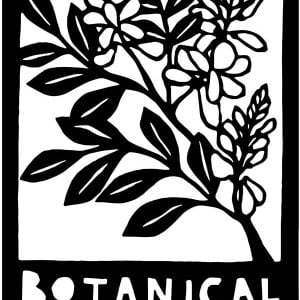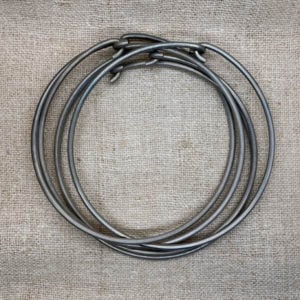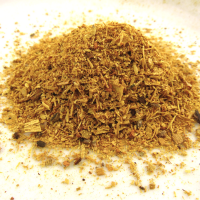Botanical Colors Gift Card
This is a virtual product. We do not mail out a physical card. Please enter the email address of the person who you wish to gift and they will receive an email with a coupon code to use for purchases on our website. Consider a Botanical Colors Gift Card if you’re not sure what to get the loved one on your list. Introduce them to new worlds of natural color and dyes! We have gifts for textile lovers, natural dye aficionados and even those makers that simply want to try their hand at natural dyeing for the first time. A … Read more










